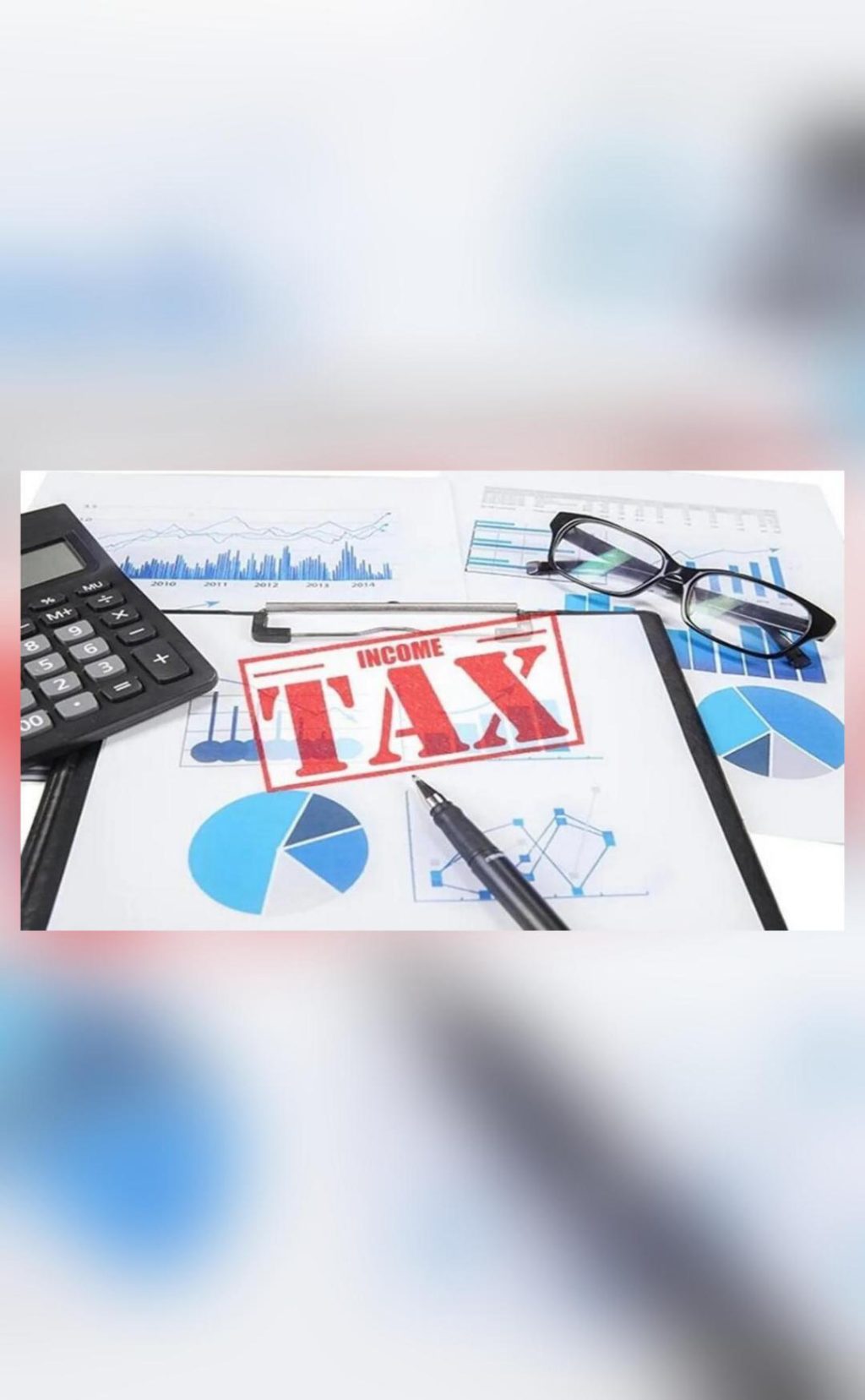
How Long Does It Take to Get a Tax Refund & When is It Applicable?
As the financial year 2024-2025 comes to a close, it’s essential to understand the tax refund process in India. A tax refund is applicable when the tax amount paid is more than the total tax liability based on one’s income in the financial year. In this blog post, we will explore the factors that influence the tax refund process, the timeline for receiving refunds, and the importance of e-verification.
What is a Tax Refund?
A tax refund is a sum of money that the Income Tax Department (ITD) returns to a taxpayer if the total tax paid by them is more than their actual tax liability. In other words, if a taxpayer has paid more tax than required, they are eligible for a refund. The refund amount is calculated by subtracting the tax liability from the tax paid.
When is a Tax Refund Applicable?
A tax refund is applicable when the taxpayer’s tax payment exceeds their tax liability. This can happen in various situations, such as:
- Overpayment of tax: When a taxpayer pays more tax than required, they are eligible for a refund.
- Excess tax deducted: If an employer deducts more tax than required from an employee’s salary, the employee is eligible for a refund.
- Non-refundable tax credits: Some tax credits, such as the standard deduction, are not refundable. However, if the taxpayer has paid more tax than required, they may be eligible for a refund.
How to Receive a Tax Refund?
To receive a tax refund, taxpayers must e-verify their Income Tax Return (ITR). E-verification is an online process that allows taxpayers to authenticate their ITR by uploading required documents and verifying their identity. Once the e-verification process is completed, the ITD takes about four to five weeks to process the refund.
Timeline for Receiving a Tax Refund
The timeline for receiving a tax refund varies depending on the complexity of the ITR, the taxpayer’s e-verification, and the ITD’s processing time. Generally, the ITD takes around four to five weeks to process refunds after e-verification is completed. However, in some cases, it may take longer.
Importance of E-Verification
E-verification is a crucial step in the tax refund process. It helps the ITD to verify the taxpayer’s identity and authenticity of the ITR. Without e-verification, the ITD may not be able to process the refund, and the taxpayer may face delays or even rejection of their refund claim.
Tips for a Smooth Tax Refund Process
To ensure a smooth tax refund process, taxpayers should:
- File their ITR accurately and in time.
- E-verify their ITR promptly to avoid delays.
- Ensure that all required documents are uploaded and verified.
- Keep a track of their refund status through the ITD’s website or mobile app.
Conclusion
In conclusion, a tax refund is applicable when the tax amount paid is more than the total tax liability based on one’s income in the financial year. To receive refunds, taxpayers must e-verify their ITRs. After e-verification is completed, the IT department takes about four to five weeks to process the refund. By understanding the tax refund process and following the tips provided, taxpayers can ensure a smooth and hassle-free experience.






